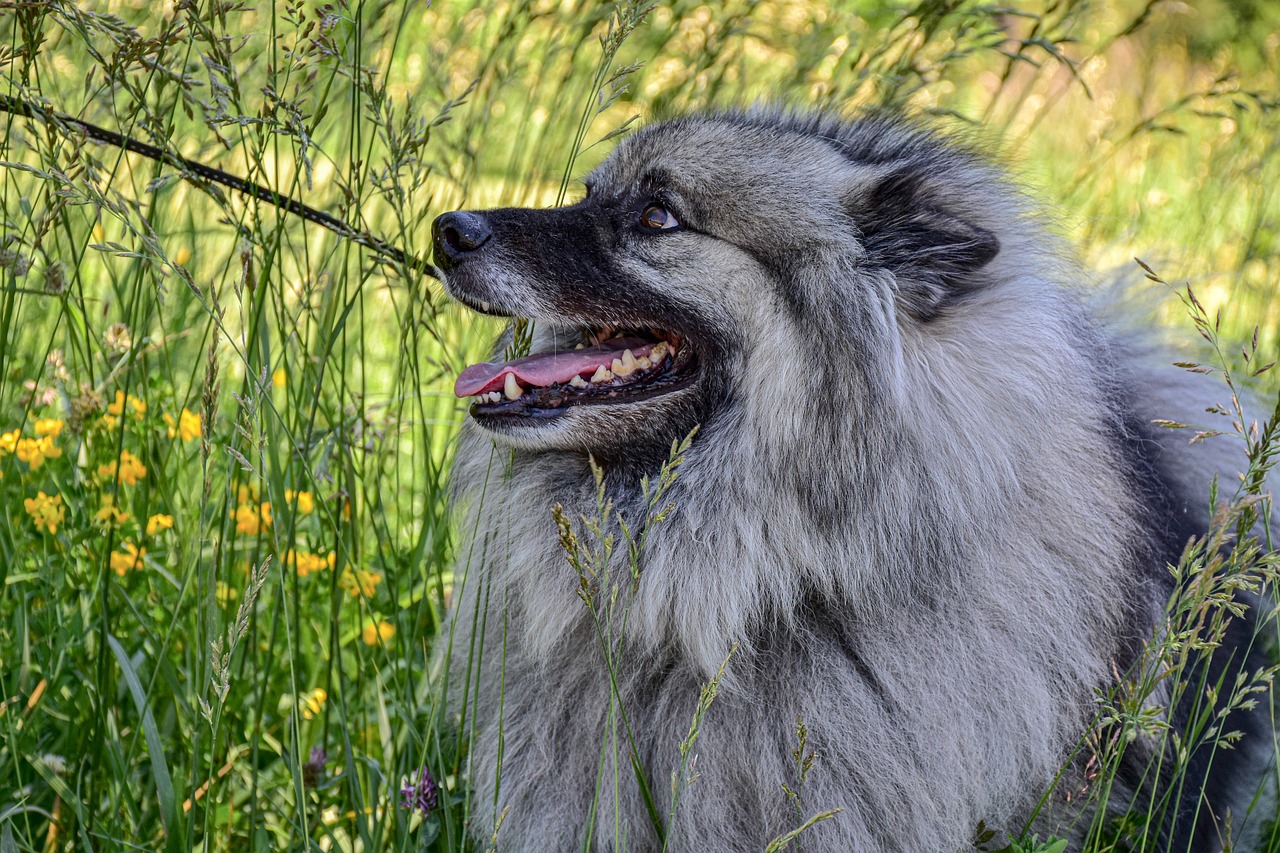Bringing a dog and cat together under one roof can be challenging, but with proper training, patience, and understanding, these natural “frenemies” can learn to coexist peacefully. Here’s a step-by-step guide to help you train your dog and cat to get along and build a harmonious relationship.
1. Set Realistic Expectations
Before introducing a dog and cat, it’s important to set realistic expectations. Some pets may become fast friends, while others may only learn to tolerate each other. Don’t expect immediate results—training both animals to live together peacefully takes time and patience.
2. Understand Their Natural Behaviors
Dogs and cats have different communication styles and behaviors, which can lead to misunderstandings. Understanding their natural instincts can help you better manage the introduction process.
- Dogs: They are social animals that may be excited or curious about the cat. Some dogs may have a prey drive, making them want to chase small, fast-moving animals.
- Cats: They tend to be territorial and can be frightened by a dog’s exuberance. Cats are more independent and often prefer gradual introductions to new situations or animals.
3. Gradual Introductions
Introducing your dog and cat slowly is crucial to their success in getting along. Rushing the process can cause stress and set back any progress.
- Separate at First: Keep your dog and cat in different rooms when you first bring them home. Let them get used to each other’s scent by swapping bedding or toys.
- Use a Barrier: After a few days, allow them to see each other through a baby gate or cracked door. This helps them get visually acquainted without any physical contact.
- Leashed Meetings: When they seem comfortable, have short, leashed interactions. Keep your dog on a leash to control their movements and prevent any sudden lunging. Let the cat roam freely and observe the dog from a safe distance.
4. Positive Reinforcement Training
Positive reinforcement is one of the best methods for training both dogs and cats. Reward good behavior with treats, praise, and affection, so they associate the presence of the other animal with positive experiences.
- For Dogs: Train your dog to remain calm in the cat’s presence. Reward them with treats when they are relaxed and ignore the cat. Use commands like “sit,” “stay,” and “leave it” to help manage their behavior.
- For Cats: Reward your cat with treats or praise when they calmly approach or interact with the dog. Avoid forcing the cat into any situation—allow them to take the lead when they’re comfortable.
5. Establish Boundaries
Giving each pet their own space and setting boundaries can prevent conflicts and help them adjust to each other’s presence.
- For Cats: Provide elevated spaces like shelves or cat trees where the cat can escape to if they feel threatened by the dog. Ensure the cat has a quiet space where they can eat, sleep, and use the litter box without interference.
- For Dogs: Train your dog to respect the cat’s space. Use gates or barriers to block off areas that are strictly for the cat, such as feeding zones or litter box locations. This prevents the dog from invading the cat’s territory.
6. Manage Prey Drive in Dogs
Some dogs have a strong prey drive, meaning they might instinctively chase smaller animals like cats. If your dog exhibits this behavior, it’s important to manage it before allowing them unsupervised access to the cat.
- Training Commands: Teach your dog the “leave it” command to help prevent chasing. Reward them when they remain calm around the cat.
- Redirecting Attention: If your dog starts to fixate on the cat, redirect their attention with toys, treats, or training exercises.
7. Supervised Play and Interaction
Allow your dog and cat to interact under supervision, especially during the initial stages. Start with short sessions where both animals are in the same room, and gradually increase the time as they become more comfortable around each other.
- Leash Control: Keep your dog on a leash during early interactions to control their behavior if they become overly excited or try to chase the cat.
- Observe Body Language: Pay attention to both pets’ body language. If the dog is too eager or if the cat appears scared or defensive (hissing, swatting, or arching their back), separate them and try again later.
8. Patience is Key
It’s important to be patient throughout the entire process. Training your dog and cat to get along may take weeks or even months, depending on their personalities. Rushing can lead to setbacks, so take things slowly and celebrate small victories along the way.
9. Know When to Seek Help
If, after consistent training, your dog and cat still can’t seem to get along, it may be time to consult a professional. A dog trainer or animal behaviorist can assess the situation and provide tailored strategies to address any issues.
Final Thoughts
Training your dog and cat to live peacefully together requires time, patience, and consistency. By gradually introducing them, using positive reinforcement, and creating boundaries, you can foster a harmonious relationship between your pets. Every dog and cat is different, so take the time to understand their needs, and don’t hesitate to seek professional help if necessary. With the right approach, your dog and cat can learn to coexist peacefully and maybe even become best friends.











Leave a Reply